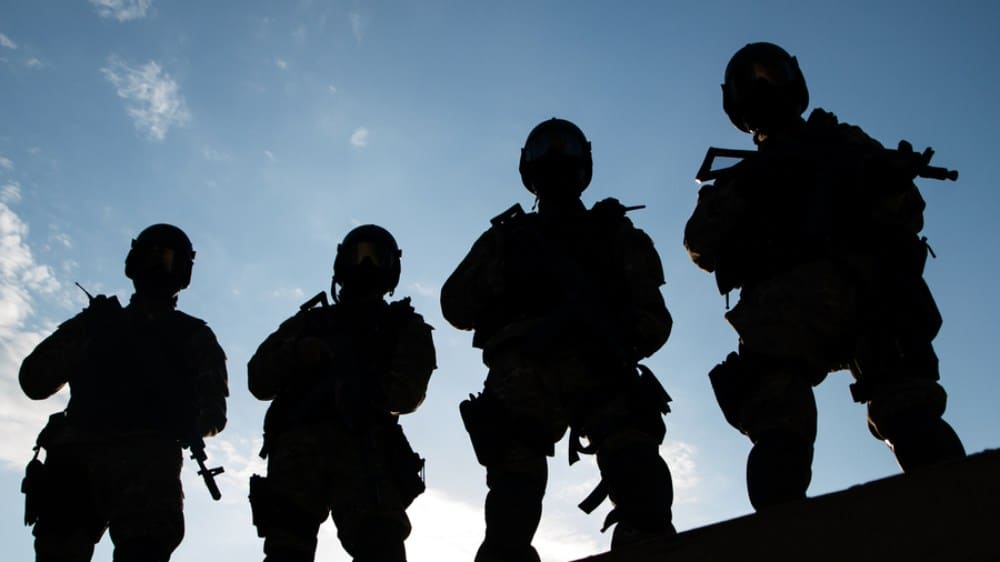Mission Critical Partners launch initiative to address swatting


James Humphreys
Share this content
Mission Critical Partners (MCP) recently held a gathering with public-safety experts and representatives of industry associations to strategize best practices for combatting swatting.
The virtual meeting is the first step toward an upcoming master class spearheaded by MCP that will involve a cross-section of public safety officials regarding how to identify and mitigate swatting incidents when they occur.
With a date and time yet to be determined, the master class will educate emergency-response agencies and their personnel — particularly law enforcement and 911 — regarding how to identify and mitigate swatting incidents when they occur.
What is swatting?
The term “swatting” stems from SWAT (special weapons and tactics), a response element of law-enforcement agencies.
The fake emergency call often is designed to generate a SWAT team response, for example an active-shooter incident at a school, a bomb threat at an airport, or a hostage situation at a home or office building.
No reliable data exists to pinpoint how many swatting incidents occur each year, but it is estimated that the total runs into several thousands, the company reports.
Every time a swatting incident occurs, precious emergency-response resources are squandered and personnel are placed at unnecessary risk.
Potential best practices that were discussed in the virtual meeting included:
Swatting specific-training — Hands-on training based on real-world scenarios would enable 911 telecommunicators to recognize specific clues and determine whether an emergency call is legitimate.
Clues to look for
Some of these clues include the following:
- An emergency call — especially one involving a major incident, such as an active-shooter incident — placed on a non-emergency administrative line or by dialing 311
- Inconsistencies with the reported incident, mispronunciations of street names, and/or the presence (or lack of) background noises
- A major incident, such as one with multiple casualties — that is reported only by a single caller, which would be extremely unusual
- An emergency call whereby the caller uses technology to mask their telephone number or voice, a tactic known as “spoofing.”
The next steps for Mission Critical Partners
Improved recognition of swatting calls by telecommunicators would enhance their ability to provide emergency-response agencies with increased situational awareness that would help them make better-informed decisions regarding the type of response they provide.
Stronger legislation that provides stiffer punishments for those convicted of swatting — some states have enacted laws that criminalize swatting and at least four — Ohio, Pennsylvania, Maryland and Wisconsin — have made swatting a felony if someone is injured or killed as a result.
Federal legislation to this effect would still be better, eliminating any inconsistencies that might exist in state laws as they develop — but the last four Congresses have failed to enact such a law.
Universally accepted standard operating procedures and protocols — large jurisdictions might get hundreds, even thousands of swatting calls in a year, which provides invaluable experience in dealing with them.
Universally accepted standard operating procedures and protocols not only would engender a consistent approach from coast to coast regarding swatting, but also would help smaller agencies immediately know what to do if they encounter one.
Leveraging artificial intelligence — it is intuitive to think that artificial intelligence can be used to flag swatting calls via emotion and speech analytics and analyze large amounts of data.
Many email systems today flag suspicious emails with a warning; similarly, 911 telecommunicators could leverage enhanced caller-interrogation techniques if they are alerted to a potential swatting call.


